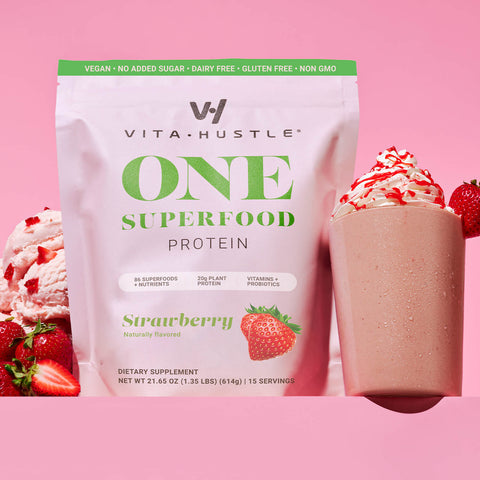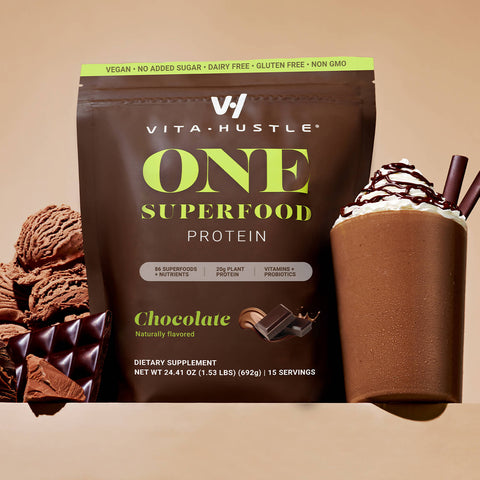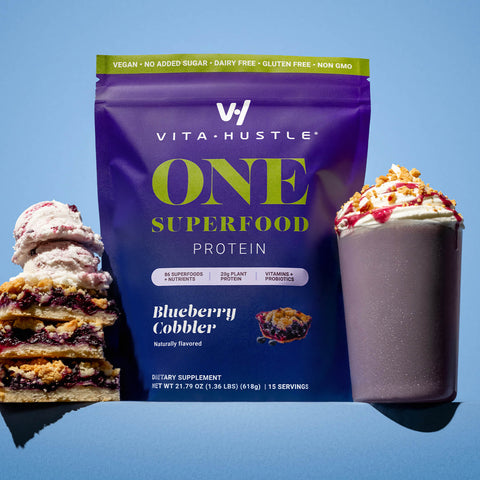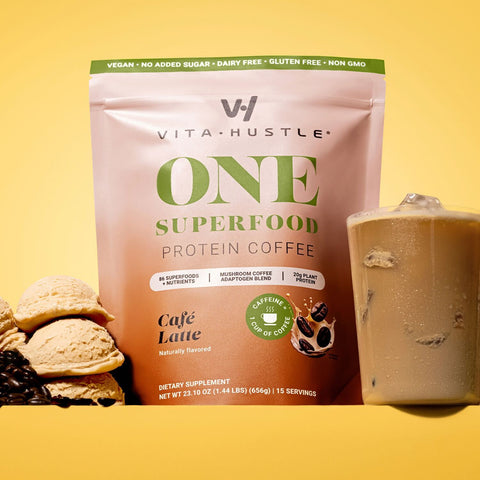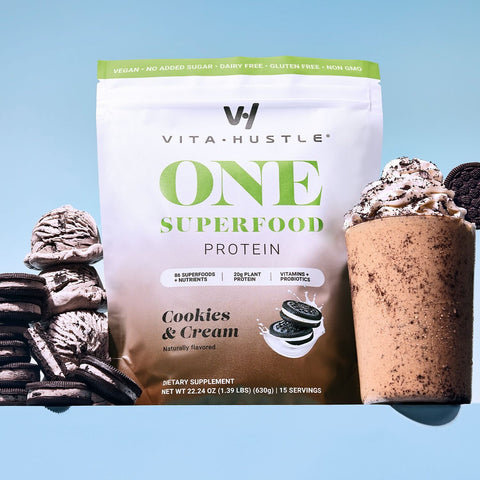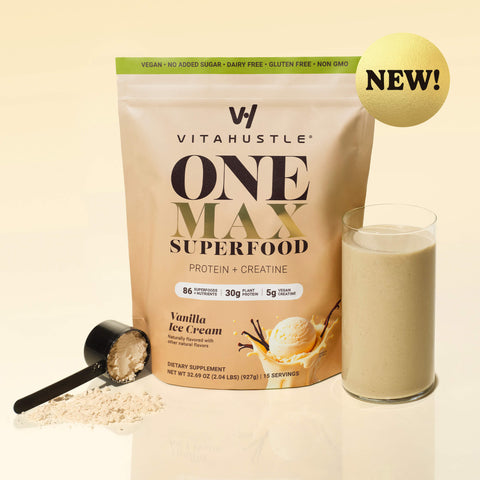There is no bigger buzzword in fitness circles today than “functional training.”
You’ve heard it before too. If you’ve ever headed to a CrossFit box or experienced a personal training session that included burpees, box jumps or ball slams, there’s a good chance somebody involved commented on how you were doing “functional training.”
What exactly does the term mean? Functional training is best defined as a strength training approach that works your muscles in ways that replicate real-world motions. Training is “functional” when it has direct applications to the way you’ll move your body outside the gym.
Think about the movements that your body makes on a regular basis. You push things away from yourself to close doors or create room when you’re in a crowded area – essentially using muscles similar to those you’d use when bench-pressing or doing pushups. You pull doors open and pull plates of food toward you at the dinner table – often using the same muscles you would when doing barbell rows. You bend over frequently to pick things up (think deadlifts), and you squat down to pick things up off the ground (squats!).
Functional training is all about viewing any exercise you do through this lens of real-world movement, and that often means more complicated, coordinated movements than the single-joint fare that was once super-popular in all gyms. Moves like concentration curls, dumbbell flies and most machine-based exercises are generally not considered functional movements.
One of the easiest ways to figure out if an exercise is “functional” or not is to count the joints you’re using in the actual movement. Take leg training. In squats, deadlifts, and lunges (all generally accepted as functional moves), you move at multiple joints – knees, hips, and low back (and often more) – acting in concert to complete the motion. Take a machine-based exercise such as the leg extension, which isolates the quads, and you’ll see something different: You’re only moving at the knee joint. This is generally not considered a functional movement.
Another way to evaluate whether a movement is functional or not: Ask yourself how involved your abs are in the movement. Now granted, you should involve your abs in every single exercise, keeping them as tight as possible. But, if your core can’t escape bracing and being active (which is the case on, say, the bench press and the squat), then there’s definitely a functional component to that exercise.
This makes a move such as a bicep curl interesting. A standard barbell biceps curl is often not thought of as a functional exercise, but if you do it right, your abs must brace and tighten so you can focus on your “guns.” To some extent, that makes the bicep curl a functional movement, even if it isn’t viewed as one.
Can You Benefit from Functional Training?
The answer to this question is an indisputable yes. Regardless of your training goals, functional moves should be in your routine, even if you’re chasing a Mr. Olympia title or pursuing physique bodybuilding goals.
First off, a great many are found in almost any training routine. Pushups, bench presses, shoulder presses, pullups, and squats are all staple exercises in almost any fitness regimen, and they qualify as functional moves.
Standard functional movements fire up your core and force your body to work as an integrated unit. Learning to create tension throughout your entire body will make you better at more isolation-focused moves, too, helping you get more out of, say, concentration curls and triceps kickbacks. Truth be told, those who practice isolation-focused training very often rely on momentum more than they realize. That can change once they understand the difference between functional exercises and isolation moves.
Because functional moves integrate your core at nearly every moment, they double as great moves for anyone who wants six-pack abs (aka, pretty much everyone). Sure, you could do sit-ups, crunches, and V-ups in your quest for a chiseled core, but if you blend more functional training into your workouts, you’ll find you’re taxing your abs without ever training them, a bonus.
Pretty much every workout should have some sort of functional component within it, but that doesn’t mean you need to overthink things either. If you’re taking a varied training approach, there’s a very good chance you’re already blending functional training into your workouts.
And that’s a good thing, no matter your training goals.









